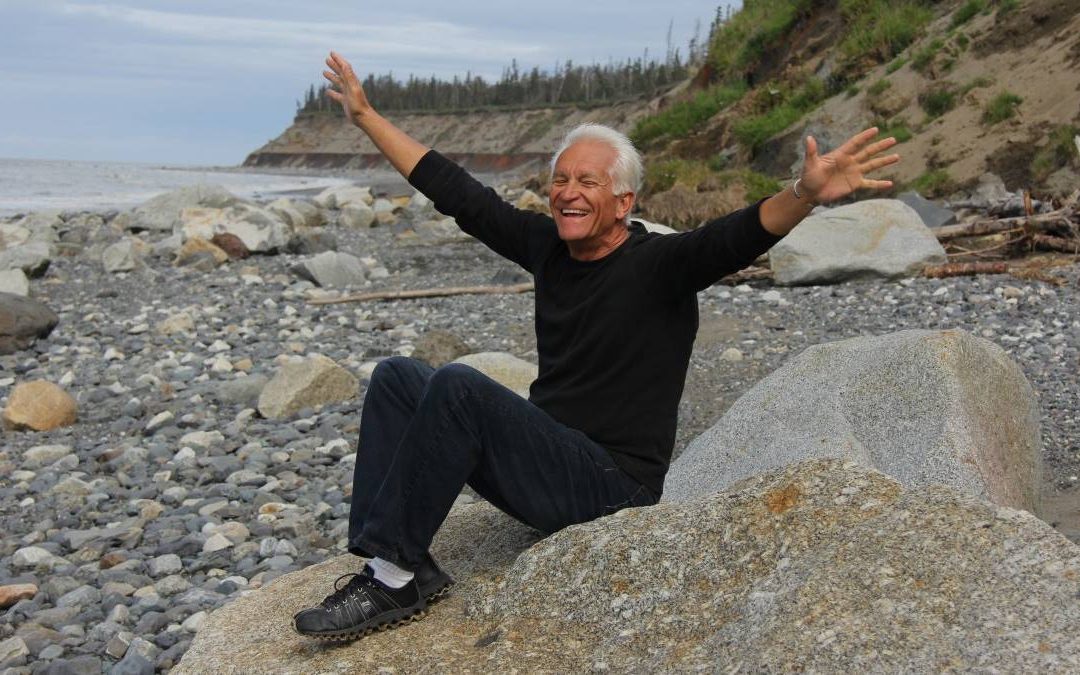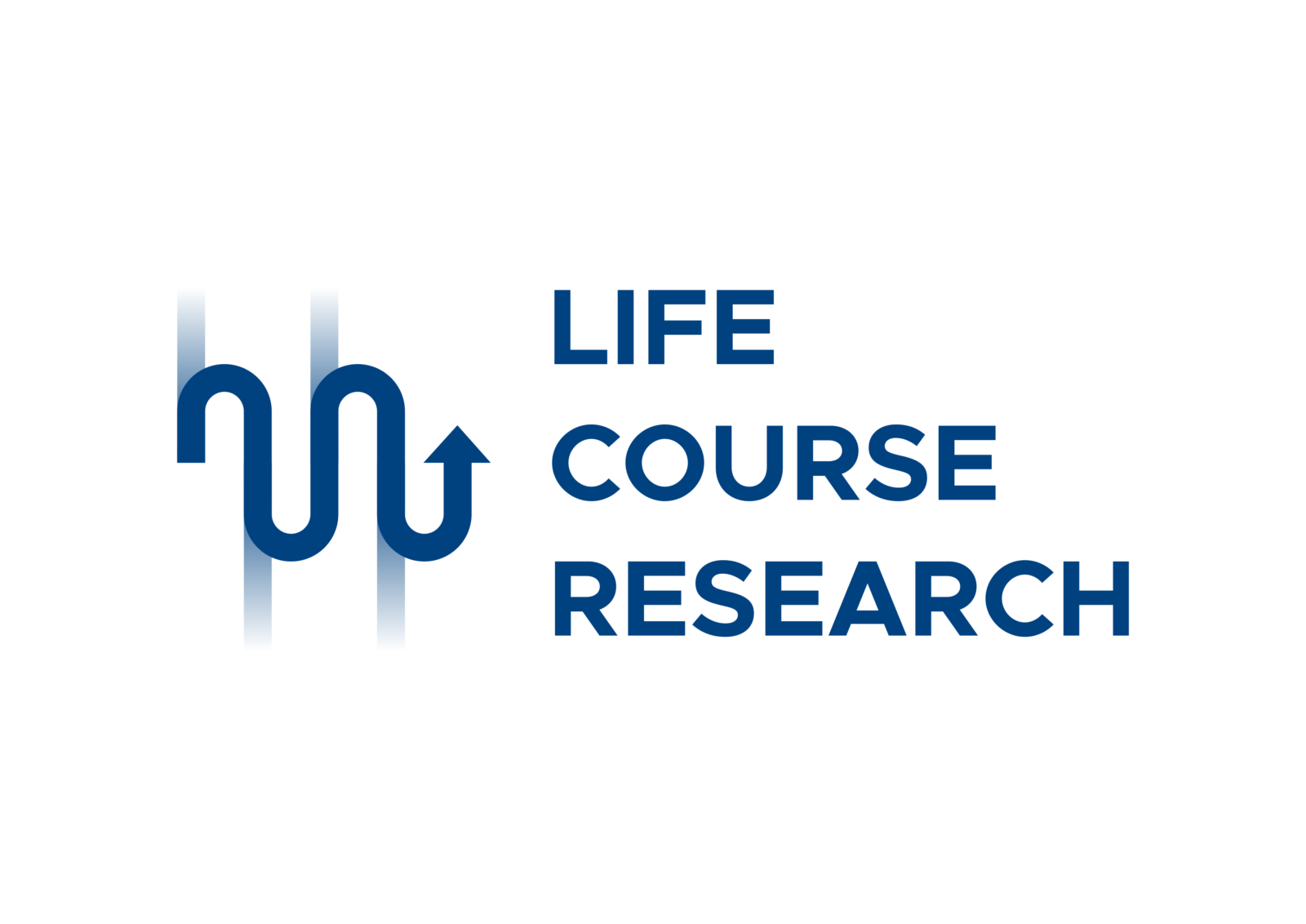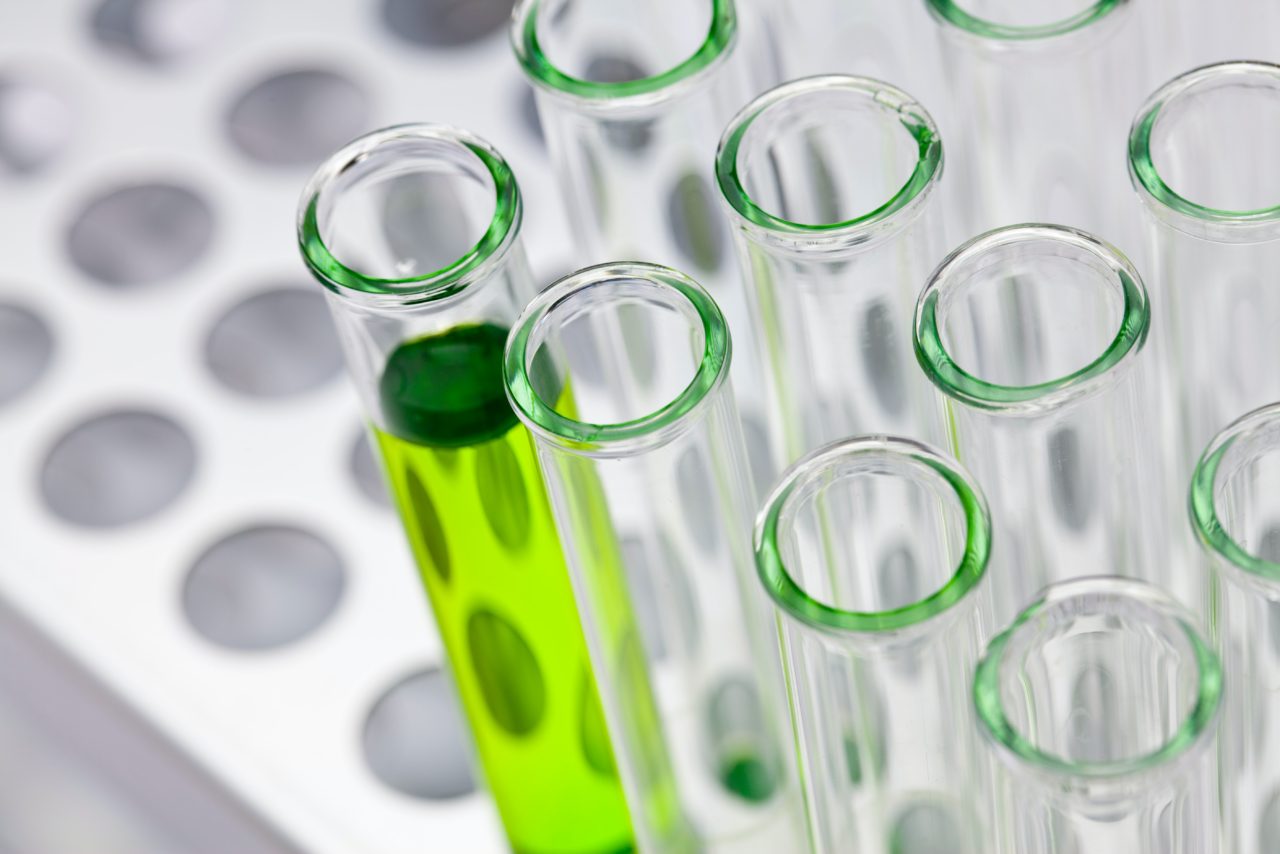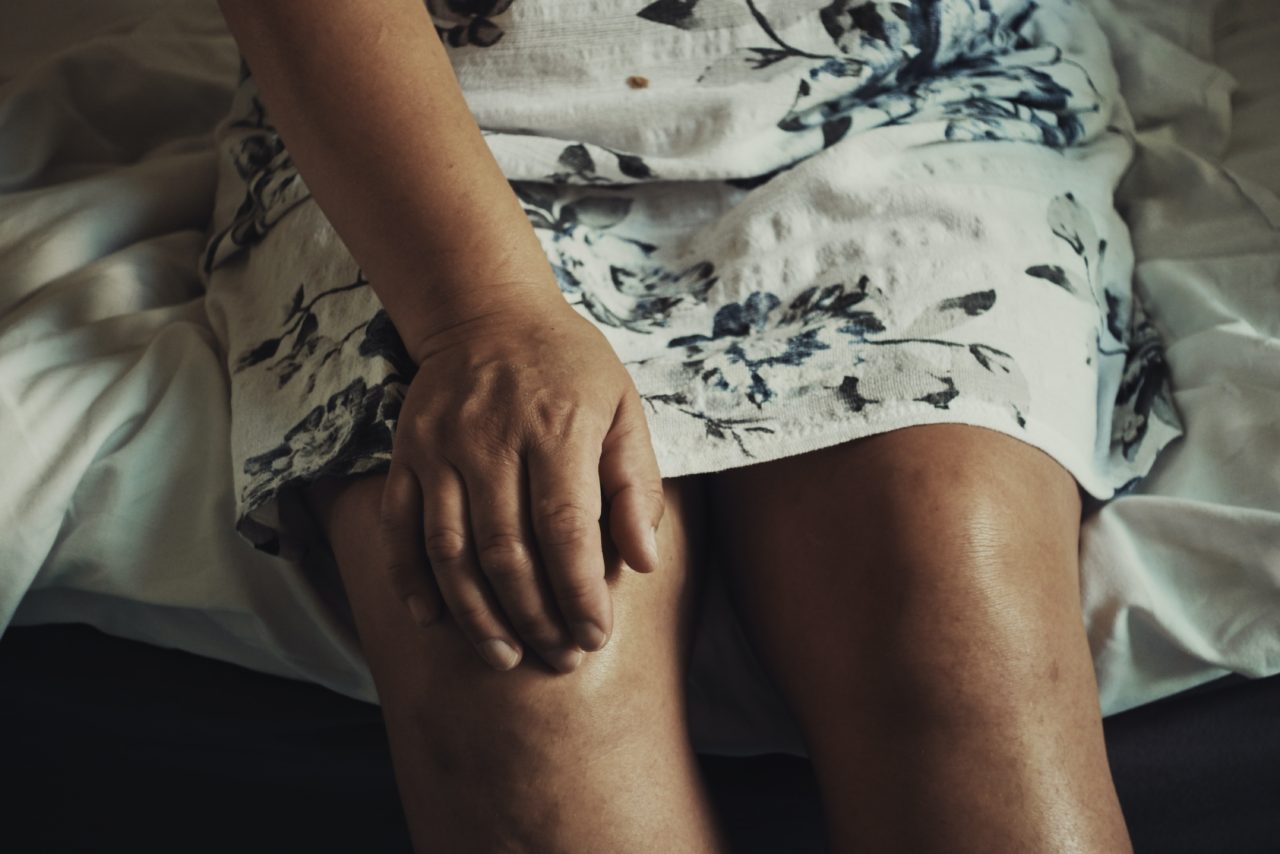Bibliographic reference
Association Between Physical Activity and Mortality Among Community-Dwelling Stroke Survivors Raed A. Joundi, Scott B. Patten, Aysha Lukmanji, et al. Neurology published online August 11, 2021 DOI 10.1212/WNL.0000000000012535
Abstract
The benefits of physical activity (PA) in the general population are known and widely demonstrated in scientific literature. This study focused on the positive effects that PA has on community-dwelling patients who have had prior strokes. Its aim was to understand which patients benefit the most from physical activity, in order to best target resources. The study shows that PA reduces mortality in these patients in a way that is proportional to the “dose” of PA carried out. This scenario implies the need to vigorously promote PA in post-stroke patients.
Background
In the general population, PA has well-known benefits as far as preventing both cardiovascular and cerebrovascular events and, consequently, reducing mortality. PA also has proven benefits for coronary heart disease patients. Its effect has still not been proven among post-stroke subjects. In this regard, this study aims to determine the possible benefits that exercise has for stroke survivors who have returned to their home.
Study characteristics
A population of Canadians over 12 years of age was studied through a cross-sectional survey (Canadian Community Health Survey), based on a database-linked registry that provides clinical and anamnestic data. Specific questionnaires provided information about the PA carried out by the participants. This information was subsequently measured in metabolic equivalents (MET) or Kcal per kg of body weight per hour. The study included a total of 895 patients with prior stroke and 97805 controls.
Results
From the evidence obtained, it seems that physical activity by stroke survivors strongly correlates to a reduced risk of death for all causes. This correlation is also found among the control group, indicating that the benefit of PA for stroke survivors is equal to that demonstrated in the general population. In addition, there is a strong dose-response correlation in both groups. In other words, the intensity and frequency with which the activity is carried out is also an essential factor in determining the degree of positive effects. Finally, among stroke survivors, mortality reduction is higher among those under 75 years of age than for those over 75. It therefore seems that young people, in particular, derive greater benefits from physical activity.
What’s new?
This study shows considerable evidence that post-stroke physical activity can be of significant benefit, leading to a reduced risk of mortality from all causes, in a dose-dependent way and with best results seen among younger subjects.
Perspectives
Patients who have survived a stroke frequently have motor, cognitive and social disabilities. For these reasons, they sometimes find it challenging to regularly perform physical activity. The study, however, brings excellent evidence in favor of physical activity for these individuals. It is, therefore, vital to allocate the necessary resources, facilitate access to sports venues for these individuals, and encourage targeted physical activity programs.




